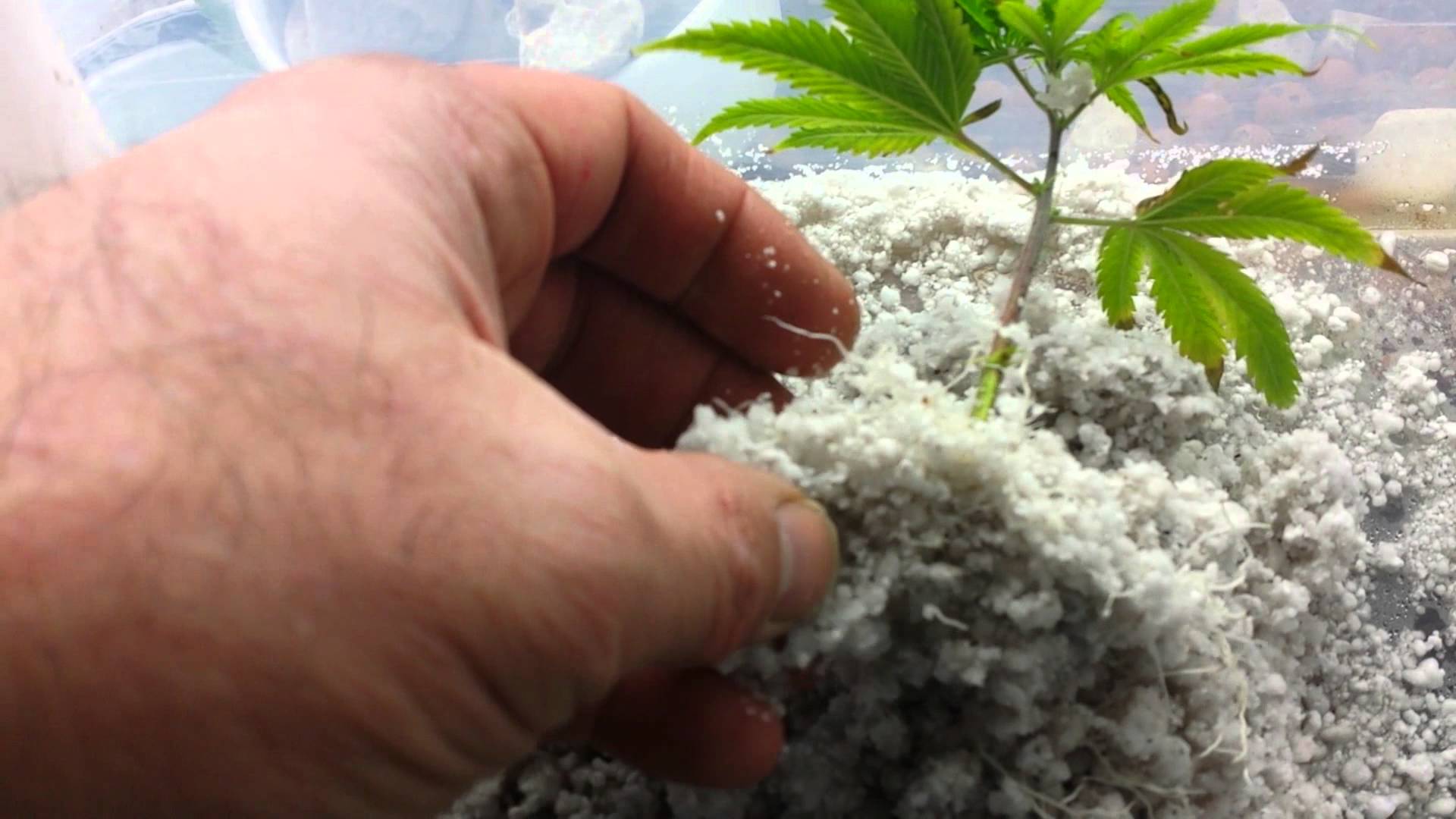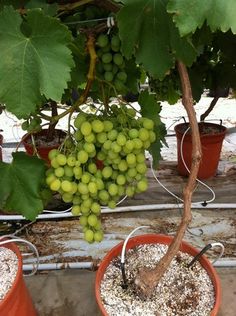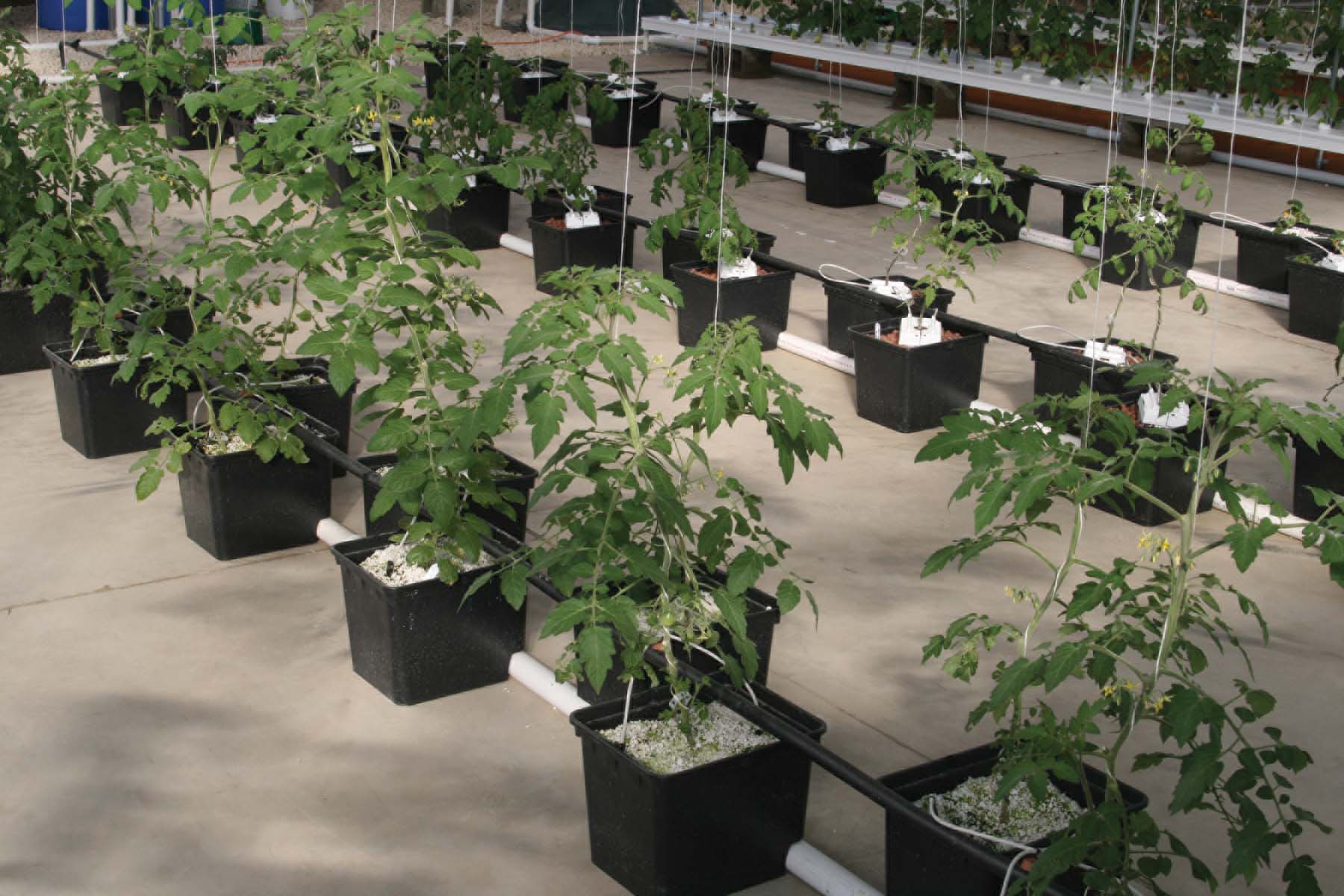Advantages
- Perlite makes moisture, oxygen and nutrients readily available to plants, because of the unique shape of each particle, plus its permanency, moisture and nutrients can cling to the crevices until the plant needs them, while the granular quality provides quick drainage of excess moisture and allows space for oxygen– vital for healthy plant growth.
- Horticultural Perlite particles have a closed cell structure with multiplicity of tiny crevices on their surface. These crevices trap water and hold it against drainage and evaporation, yet making it available to plant roots on – demand.
- Horticulture Perlite provides more constant moisture status around the roots at all times irrespective of weather or stage of root growth.
- Perlite ensures more even watering throughout the growing area.
- Here is less likelihood of over-watering with horticulture Perlite.
- Perlite culture avoid wastage of water and nutrients, floors accurately.
- The use of Perlite eliminates the need to grade growing.
- It is lightweight it can absorb and provide a large amount of both air and water, it is sterile and has a neutral PH, and it can be very tolerate of subtle changes in soil conditions .
- It is possible to grow most plants in Perlite alone, although usually the finer grades and medium grades will work better and require less water.
- Is sterile and free of weeds and disease.
- Perlite (specially the fine grade) is excellent for drying flowers.
- Serves as an insulator to reduce extreme soil temperature fluctuations
what is meant by cultivation without soil?
Cultivation without soil means cultivating, growing, and producing plants in media other than normal soil. These medias include nutritive liquid (Hydroponic cultivation) or sphagnum or sand or perlite or peat moss. It may include a mixture of all these components or some of them.
Uses of Horticulture Expanded perlite:-
- Grow seeds and nodes.
- Produce seedlings.
- Cultivation in green houses.
- Hydroponic cultivation.
- Expanded Perlite for turf and landscaping.
- Horticulture Perlite is the natural growing media for indoor and outdoor gardening.
1- Use of perlite in growing seeds & nodes:-
A. Growing seeds: Fine Perlite can be used alone as seed- starting medium or it can be mixed half-and-half with shredded sphagnum moss or shredded peat moss. Many seeds have limited" pushing- up" power. Perlite alone or Perlite mixes are ideal for seed starting because they are light in weight. Moisten the medium thoroughly, then sow the needs on top. Very fine seeds can be atomized and left to settle into crevices be sure the medium does not dry.
Advantages of using perlite in growing seeds:-
1. To provide the needs of seeds of water and fertilizers.
2. Balances between water and air so it gives a fast and strong growth.
3. It is easy to be penetrated by the roots of the plant when it emerges till it becomes a strong root so as to give strong seedlings that assure obtaining high productivity.
|
Methods of cultivating seeds:- |
.jpg)
|
|
B.Production of nodes:- |
2- Production of seedlings:-
|
Coarse expanded perlite is used in the processes of producing seedlings & recycling by mixing wet perlite with peat moss at different rates from 1:1 to 1:4 perlite peat moss. |
 |
3- Cultivation in Glass-Houses:-
Horticulture expanded perlite is used in cultivation in glass-houses as it is put in cases (pillows) 120 centimeters length and 25 centimeters width contain 30-50 liters of expanded perlite in which cultivation is done directly. |

|
4- Hydroponic culture:-
|
Testing over a period of years has documented the superiority of Perlite over other methods of hydroponic culture. For example, Tomato crops hydroponically grown in Perlite have produced yield 7% higher than crops grown in Rock Wool. In addition to significantly increased yield, Perlite culture is particularly easy to manage and offers additional benefits . |

|
5- Cultivation of natural grass in gardens, playgrounds and parks:-
- One of the important characteristics of perlite that makes it ideal material for renovating greens that it keeps water and fertilizer so it provides the suitable medium to grow natural grass. Perlite particles also interface with each other and other soil constituents to create air passages through the green. These air passages provide oxygen to turf roots which is essential for good turf growing. In addition, these passages permit excess water to drain rapidly.
- Ideally, the best method of using horticultural Perlite into Golf greens and other play ground greens is when greens are being constructed.
Suggested application rates of turf Perlite:-
1- Mix soil with perlite in a 60-40 ratio by volume.
2- If the top soil is already in place, use a cover of 2.5 cm rototilled 12.5 cm to 20 cm deep.(More or less perlite can be added depending on the soil type, or consistency desired.)
3- A mix of sand mud peat moss and perlite would give great results in renovating greens.
50% sand 10% peat moos
15% mud 25% perlite
Mix the soil through upturning it many times then spread the suitable grass seeds or cultivates ready made grass rolls directly.
6- Outer gardens & domestic plants:-
Perlite supplies the ideal balance between air and water in addition to the characteristic of keeping water and fertilizer to ensure the plant's needs. It is used by mixing it with soil at different rates according to the kind of soil (sand-mud) as for the upper layer of soil with enough depth to cover the roots of plants as for trees or shrubs as a rate vary from %15-30 of the result of dig.
Ideal mixtures for use in outer garden: -
50% sand + 20% mud + 10% peat moss + 20% perlite + adding the necessary fertilizer and mix soil before use.
Perlite is distinguished by its lightweight that gives the habitants of apartments the chance design a larger domestic garden. In case of balconies, it is preferable to use lightweight Horticultural soil to facilitate moving and arranging the flowerpots 50% perlite + 50% peat moss + fertilizer is one of the ideal mixtures for use in cultivation of domestic plants.
